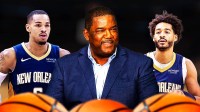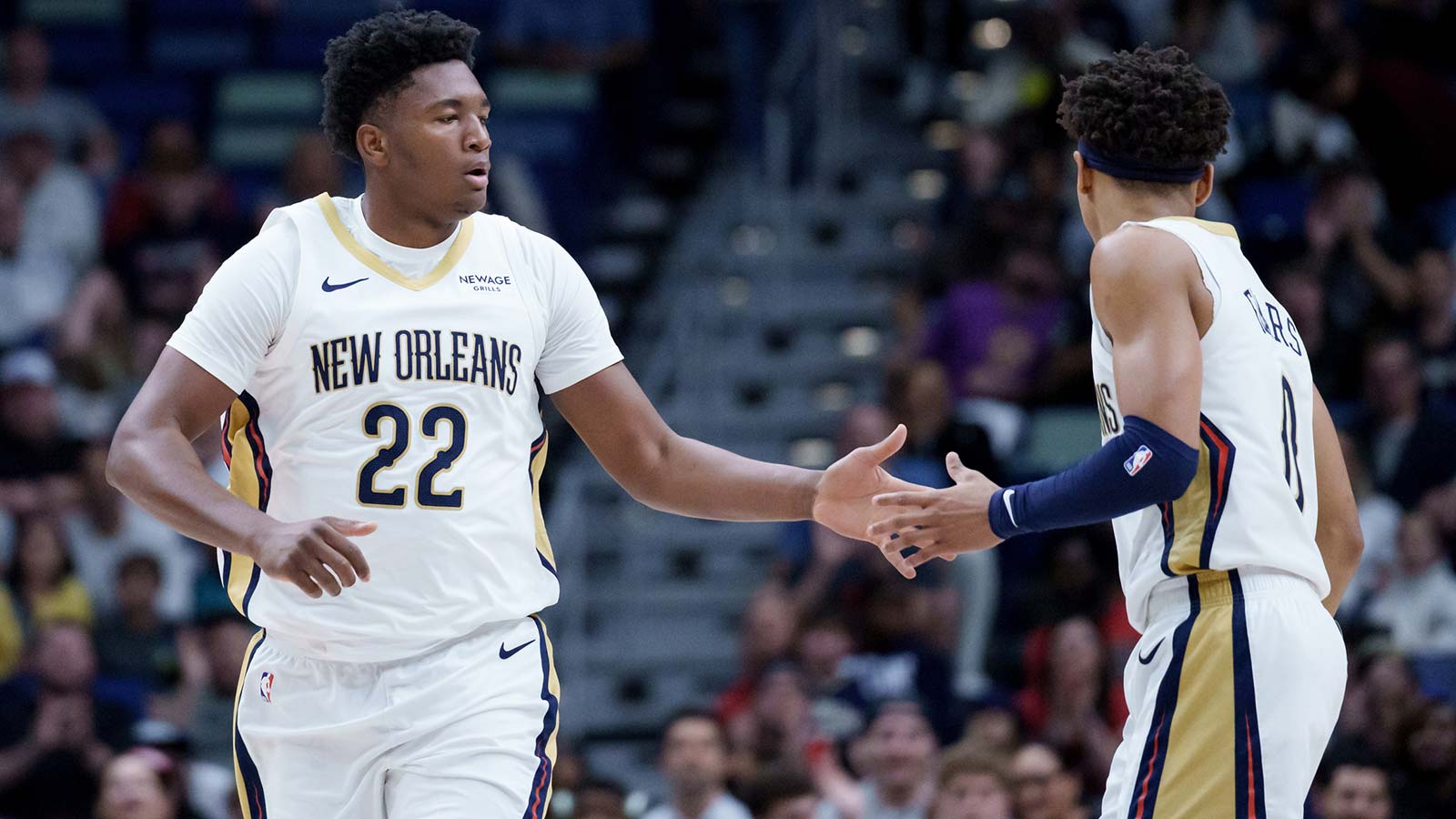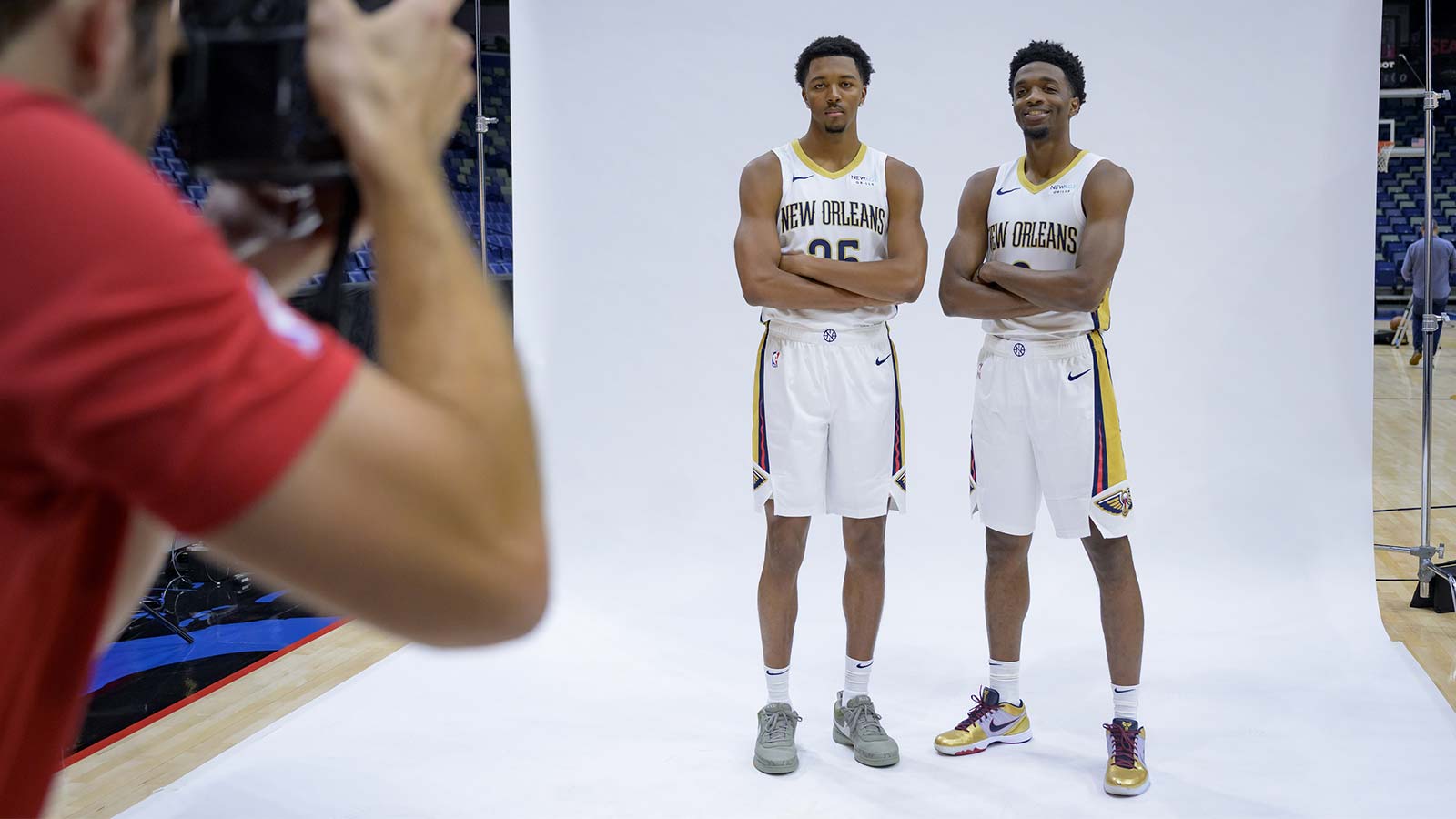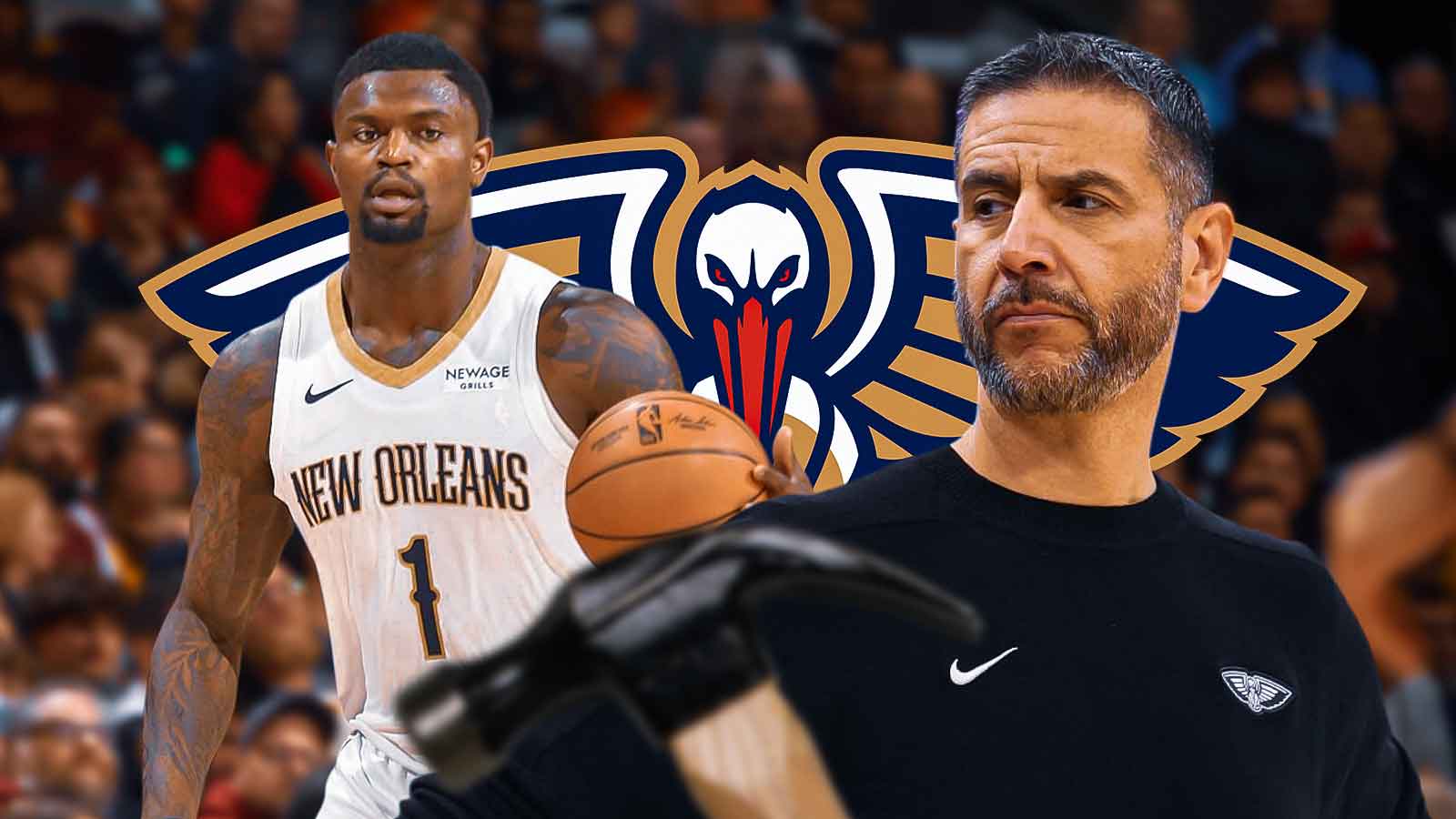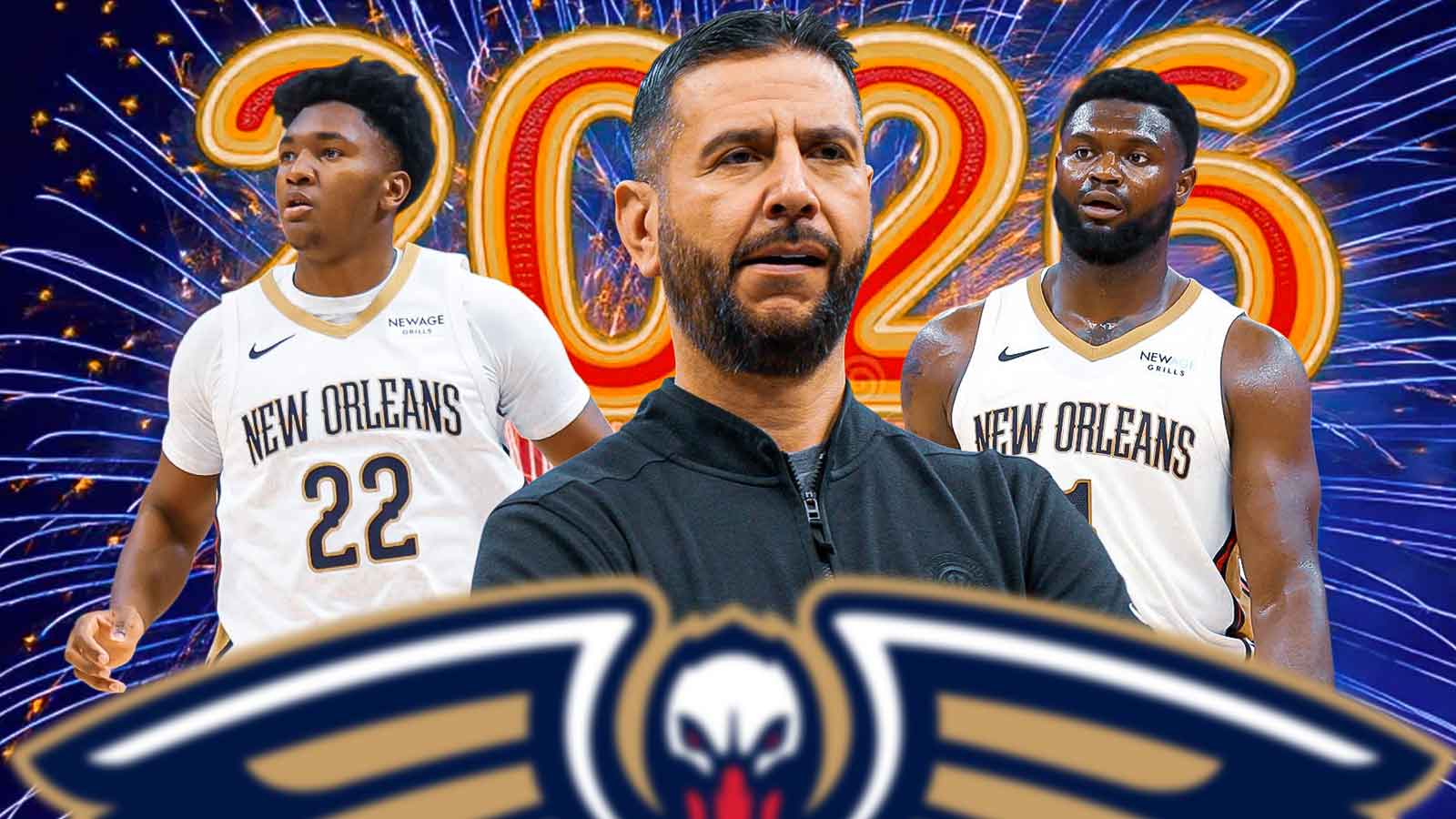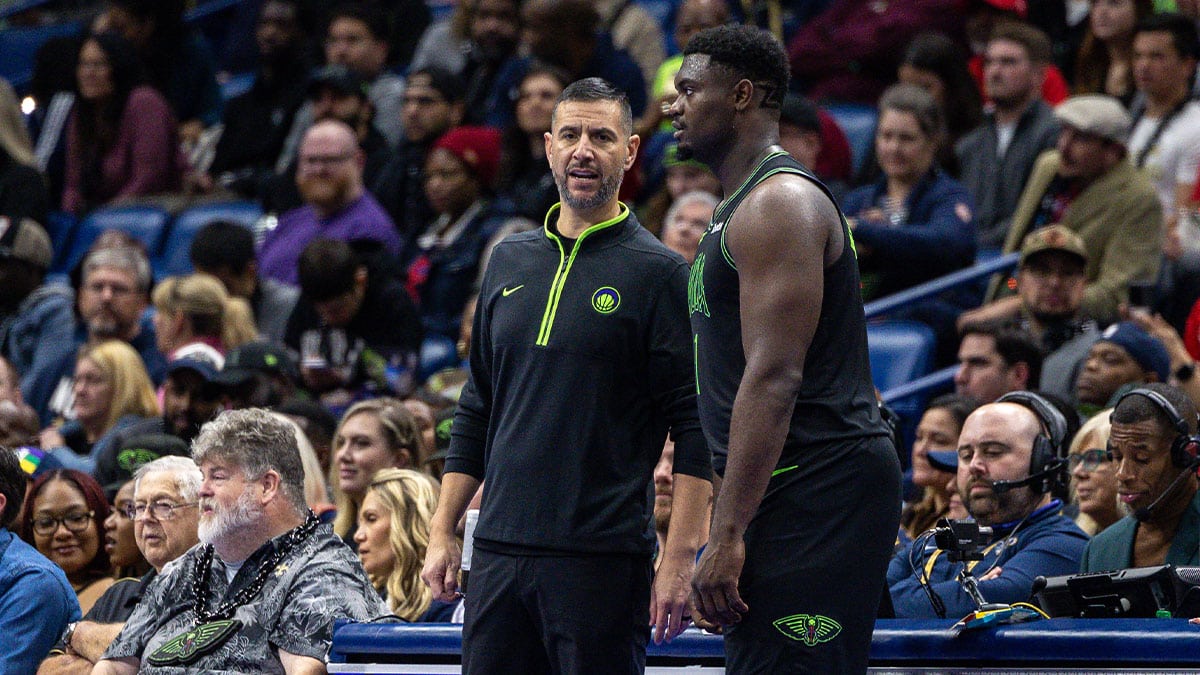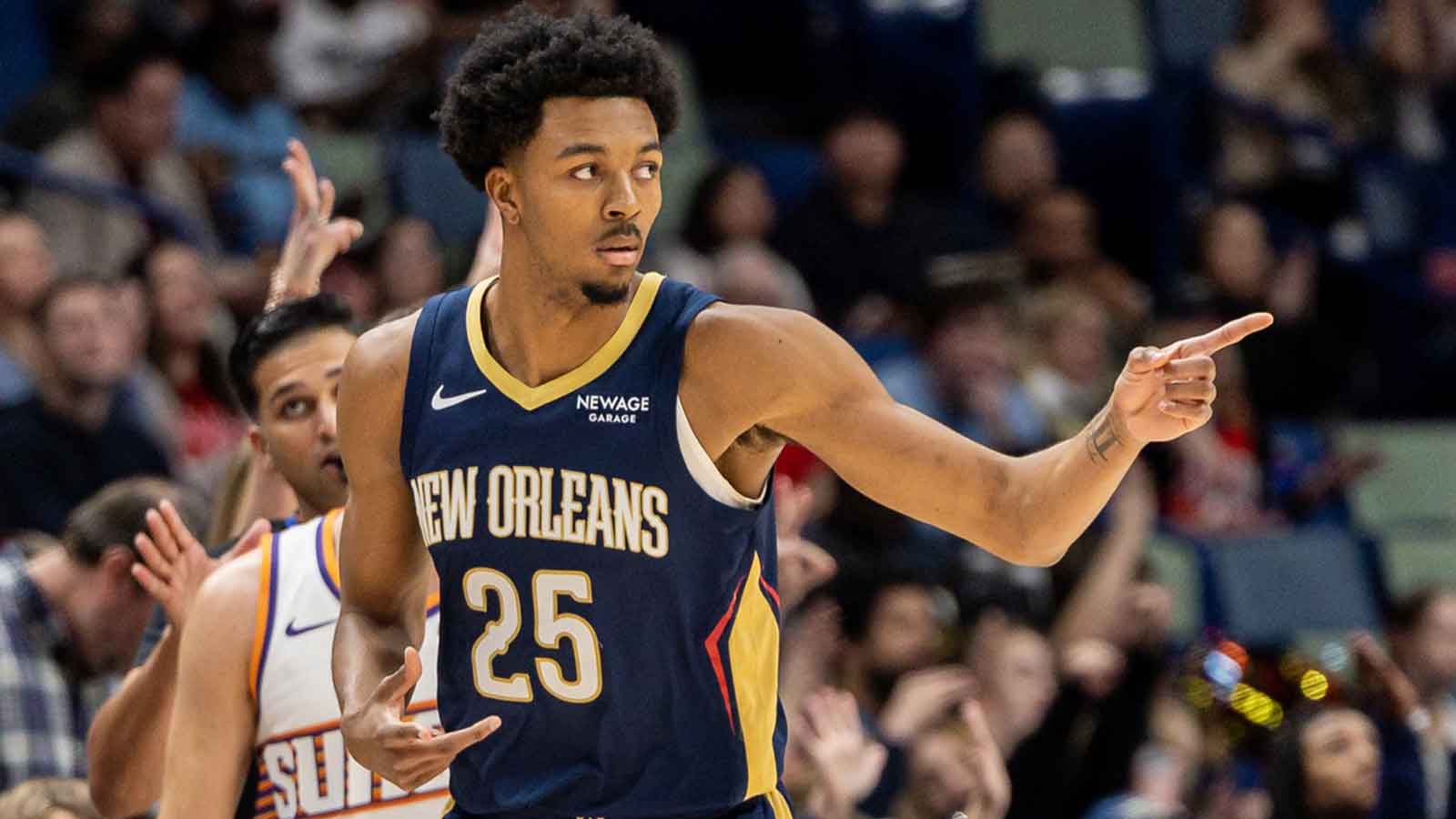After years of injury setbacks, questionable roster building, and a turbulent front-office overhaul, the New Orleans Pelicans have entered the 2025–26 season with both urgency and uncertainty. The appointment of Joe Dumars as President of Basketball Operations and Troy Weaver as General Manager signaled a willingness to make aggressive moves. But the aggressive win-now tone of the offseason has been undercut by a lack of cohesion in the long-term plan.
The Pelicans’ summer was marked by a polarizing draft-day trade that saw them leap from the No. 23 pick to No. 13 at the cost of a future unprotected pick, a move that left rival executives baffled. Their biggest veteran move was trading CJ McCollum’s expiring deal for Jordan Poole’s inefficient, big-money contract. All the while, Zion Williamson’s health remains uncertain, and the team is still figuring out how to surround its young core, headlined by Trey Alexander, Herb Jones, and Yves Missi, with the right complementary pieces.
That reality makes it inevitable that New Orleans will explore in-season trades. The 2025-26 roster has a handful of players whose roles, skill sets, or contract situations make them potential trade candidates. Below, we examine three such names: Elfrid Payton, Keion Brooks Jr., and Jeremiah Robinson-Earl.
Elfrid Payton: The veteran stopgap without a path forward
Elfrid Payton’s return to the Pelicans was more about veteran insurance than long-term vision. At 31, Payton is a pass-first guard with years of starting experience, known for steady ball handling and defensive hustle. In theory, his presence provides a safeguard against injury to the younger backcourt players. In practice, Payton’s limited shooting range and declining quickness make him a challenging fit in today’s high-paced, spacing-driven NBA.
Elfrid Payton is the ultimate DIME DROPPER! 💯
The former NBA vet was called up to the @PelicansNBA and averaged 8.1 APG with a career-high 21 AST in just his third game. He ended the season with 10+ AST in seven of his final ten games. pic.twitter.com/sEbANknXSn
— NBA G League (@nbagleague) July 3, 2025
For a team trying to develop Trey Alexander and maximize the offensive freedom of Jordan Poole, Payton’s minutes are likely to be minimal. His skill set overlaps with the responsibilities the Pelicans hope Alexander will embrace, and keeping him on the bench in case of emergency isn’t an optimal use of a roster spot for a team flirting with the tax line.
From a trade perspective, Payton’s expiring veteran-minimum contract is easy to move. He could be part of a minor deal to bring in a more versatile bench shooter or defensive wing. Contenders in need of emergency point guard depth, particularly teams with injury-prone stars, could see him as a low-cost midseason acquisition. For the Pelicans, moving him would open a spot for a younger developmental player while aligning with their ongoing roster shuffle.
Keion Brooks Jr.: The developmental wing caught in a numbers game
Keion Brooks Jr. came into the league as an intriguing forward prospect, boasting positional size (6-foot-7), rebounding tenacity, and flashes of scoring versatility from his college days at Kentucky and Washington. In New Orleans, however, the logjam at the wing has made it hard for Brooks to carve out consistent minutes.
With Herb Jones entrenched as a defensive cornerstone, Trey Alexander slotting in as a long-term backcourt piece, Brooks’ role is minimal. Brooks is still on a team-friendly deal, which makes him appealing to rebuilding squads looking for an inexpensive player with upside. His rebounding and slashing ability could also draw interest from playoff teams seeking an injection of energy off the bench.
For the Pelicans, trading Brooks could be a way to rebalance the roster, potentially swapping him for a stretch big or an experienced combo guard. The key is recognizing that his development timeline doesn’t neatly align with the franchise’s current “push now” posture under Dumars.
Jeremiah Robinson-Earl: The tweener forward without a defined role
Jeremiah Robinson-Earl is a versatile forward who can toggle between the four and small-ball five, bringing defensive versatility and spot-up shooting. On paper, he should be a great fit next to Zion Williamson, a mobile big who can stretch the floor and guard multiple positions. In reality, his role has been inconsistent due to frontcourt congestion.
the worst +/- in a game in NBA history now belongs to Jeremiah Robinson-Earl pic.twitter.com/jNnam2cBaP
— 𝙎𝙠𝙮𝙚𝙙 🇦🇺 (@SkyedOKC) April 12, 2025
The Pelicans have Kevon Looney for small-ball minutes, Jonas Valančiūnas to anchor the paint, and younger bigs they’d like to develop. Robinson-Earl’s minutes get squeezed, and without a clearly defined rotational niche, he risks becoming an afterthought in the nightly lineup.
His $2-3 million contract is affordable and movable, making him an easy inclusion in trade packages. For playoff teams needing depth in the frontcourt, particularly those valuing switchable defenders, Robinson-Earl could be a plug-and-play option.
If Dumars wants to maximize Zion’s effectiveness, he might prioritize acquiring a pure stretch five or a more dynamic rim protector in exchange for Robinson-Earl. Given the Pelicans’ roster construction, moving him before the deadline might be more of a necessity than a choice.
The bigger picture
The Pelicans’ 2025-26 season is shaping up to be a test of both patience and decisiveness. They have a blend of intriguing youth, established stars, and questionable contracts, but the synergy between those elements is still missing.
Elfrid Payton, Keion Brooks Jr., and Jeremiah Robinson-Earl each occupy very different positions on the roster spectrum, from seasoned veteran to raw prospect to rotation-ready tweener. But all three share one thing in common: their departure could help New Orleans retool for the present without completely mortgaging the future.
The question is whether Dumars will act early, taking advantage of their trade value before roles diminish and leverage evaporates. In a Western Conference as competitive as ever, waiting too long could mean another year of wasted potential and what-ifs for a franchise that’s already run out of excuses.





